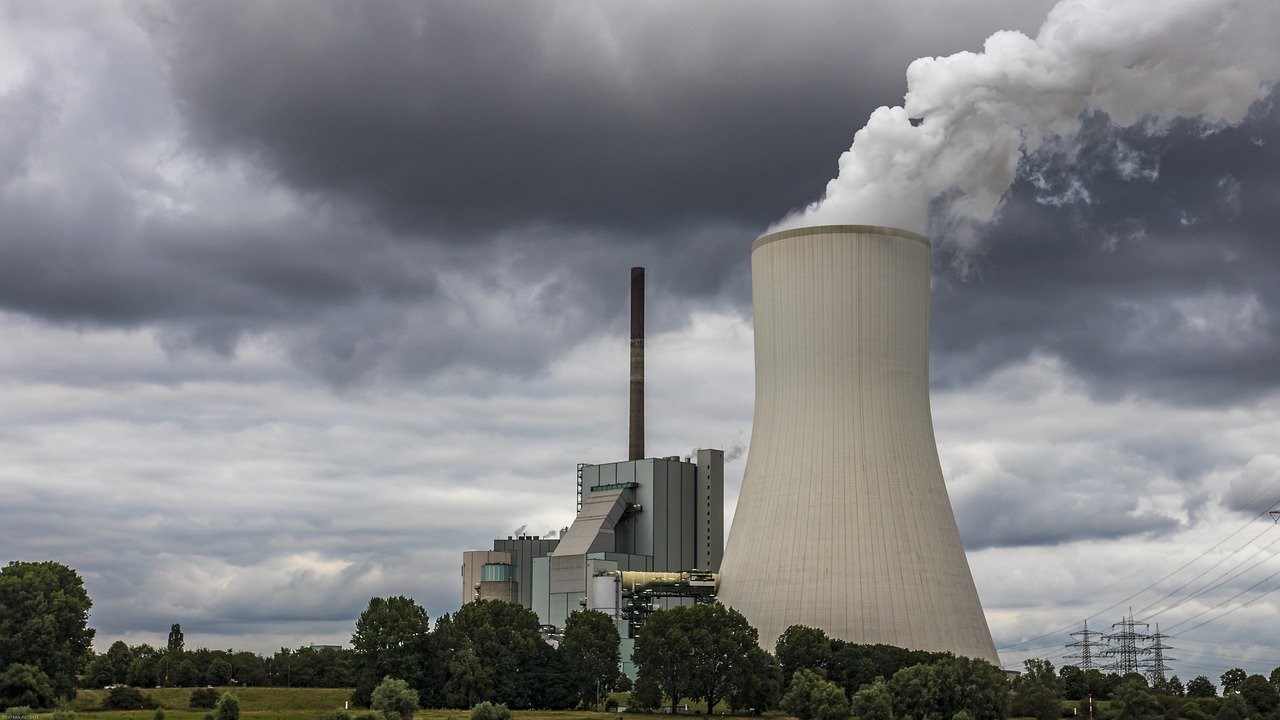Nickel Set to Replace Palladium as a Greener and Cheaper Catalyst

Palladium prices have exploded in the past decade, going from $5,300/kg in 2008, to $15,600/kg in 2016, $60,000/kg in 2020, and standing at $75,000 per kg right now. The valuable rare metal has been historically used in catalytic converters of cars, but it’s now also required by hydrogen fuel cell technology, an emerging technology that creates a new demand vector that is creating a shortage.
Due to the shifting focus on various technologies that concern advanced chemicals, next-gen polymers, and pharmaceutical compounds, palladium, platinum, iridium, ruthenium, and other rare and expensive metals are currently in short supply, and this scarcity problem cannot be practically addressed since we’re already mining all the planet has to give.
The only possible solution is to use alternative metals in intelligent ways. As chemists at the University of Illinois at Urbana-Champaign have found out, nickel could be the one to have this potential unlocked, as long as it’s used with the right companion.
In a recently published paper, the researchers presented their experimentation results working with the so-called tridentate pyridinophane ligands (RN3), which were used together with nickel to form carbon-oxygen bonds activated directly by light. This led to the creation of nickel-based photocatalysts that could replace those ultra-expensive rare metals.
The resulting ligand structure promotes rapid carbon-carbon forming reactivity and stabilizes the higher oxidation states of nickel. Hence, it achieves the right level of reactivity to get the desired reactions in typical applications. The team tried out various ligand structures to strike that balance, taking into account coordination states, environments, and oxidation limits, all ultimately determining the reactivity.
“We open up a coordination site, we open up that nickel center, by removing one of the four nitrogens, to allow other things to bind to it, and eventually it allows you to accomplish a catalytic activity, but still be able to isolate and characterize intermediates,” explains the head of the research team.
For now, these solutions may not work on a similar performance level as the solutions they’re aiming to replace. Still, given enough years in development, those Ni catalysts could become game-changers.

 Tech Steel & Materials
Tech Steel & Materials